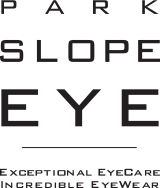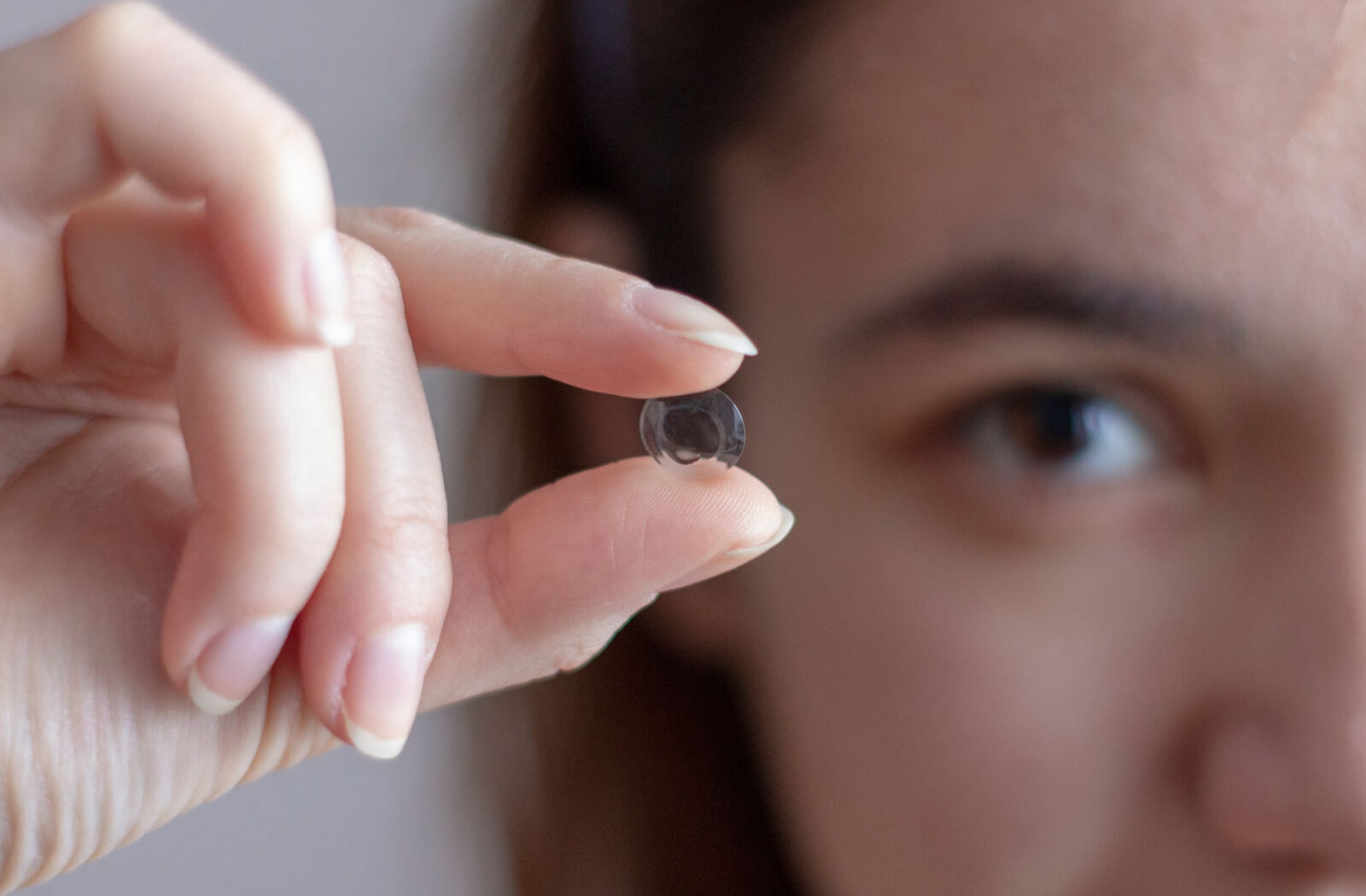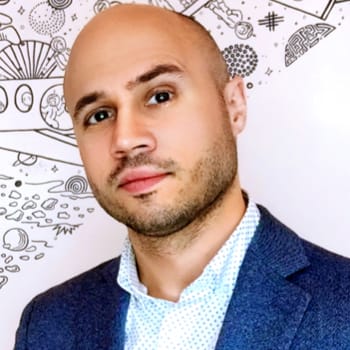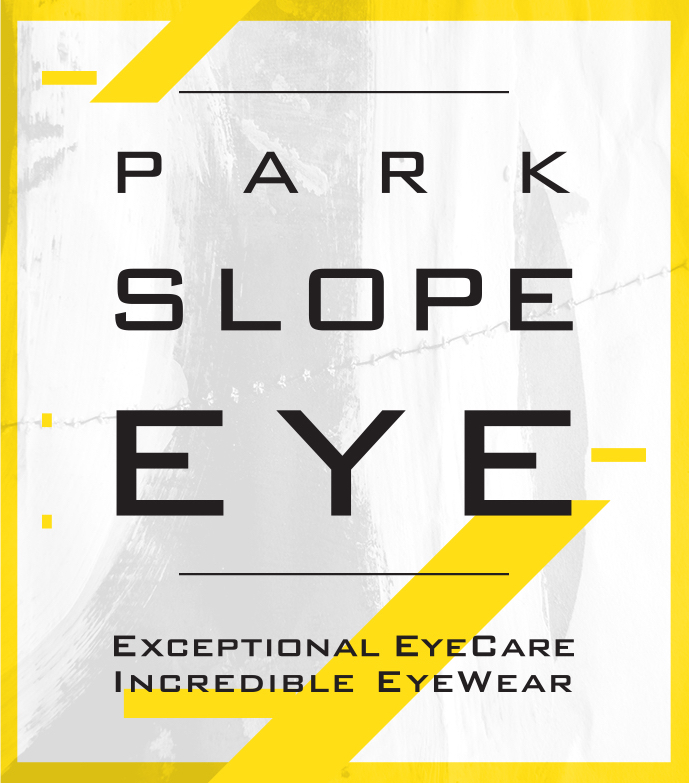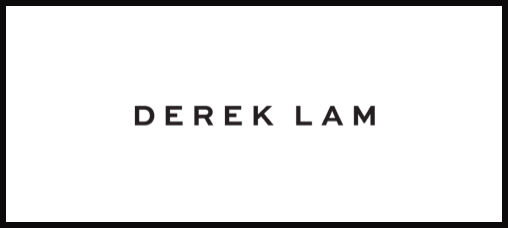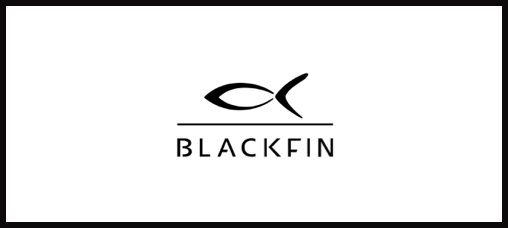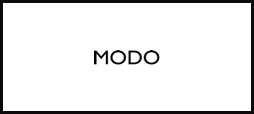Orthokeratology, or ortho-k, is quickly gaining traction as an alternative to traditional vision correction methods. This innovative technology involves using specially designed contact lenses to reshape your cornea overnight, which can provide clear vision during the day without the need for corrective lenses.
Ortho-k lenses can be used to treat myopia (nearsightedness) for people of all ages, and they can also be effective for slowing myopia progression in children.
What Are Ortho-K Lenses?
Ortho-k lenses are specialty contact lenses designed to reshape your cornea—the clear dome-shaped surface at the front of your eye that plays a key role in how you see.
Unlike traditional contact lenses, ortho-k lenses are intended to be worn overnight. As you sleep, the lenses can reshape your flexible cornea tissue, which can provide temporary vision correction throughout the following day.
Ortho-K Lenses for Myopia
Ortho-k lenses are commonly used to treat myopia, but they can also be an effective treatment for slowing the progression of myopia in children.
What Is Myopia?
Myopia, also known as nearsightedness, is a common vision problem that affects your ability to see distant objects clearly. Approximately 40% of Americans experience myopia, and this percentage is expected to grow.
Myopia occurs due to either your eye being too long or your cornea being too curved. Both of these abnormalities can impact how your eye focuses light, causing distant objects to appear blurry.
Myopia often starts developing in school-age children, and the condition may continue to worsen until vision stabilizes around the age of 20. If left untreated, myopia can progress into high myopia, which may lead to a higher risk of developing serious vision problems such as a retinal detachment or glaucoma later in life.
With early diagnosis and proper treatment, myopia progression can be slowed and, in some cases, stopped. Most forms of myopia control aim to correct vision and the conditions that can cause myopia to get worse by adjusting how light enters the eye and reaches the retina.
Common myopia control methods include:
- Low-dose atropine eye drops
- Multifocal contact lenses
- Ortho-k lenses
If you suspect your child is experiencing vision problems, including myopia, it is important to book them in for an eye exam. We can help diagnose myopia and develop a myopia control plan to meet your child’s unique vision care needs.
Ortho-K Lenses & Myopia Control
As we discussed above, ortho-k lenses work by exerting gentle pressure on the flexible cornea tissue, which can temporarily reshape its curvature. By flattening the cornea, ortho-k lenses can correct your refractive error and temporarily reduce myopia.
The effects of ortho-k lenses can help the wearer see clearly without the need for glasses or contact lenses during the day. However, the effect is temporary, and regular overnight lens wear is necessary to maintain clear vision.
While ortho-k lenses cannot provide long-term vision correction, they can be a safe and effective method for correcting nearsightedness and slowing myopia progression.
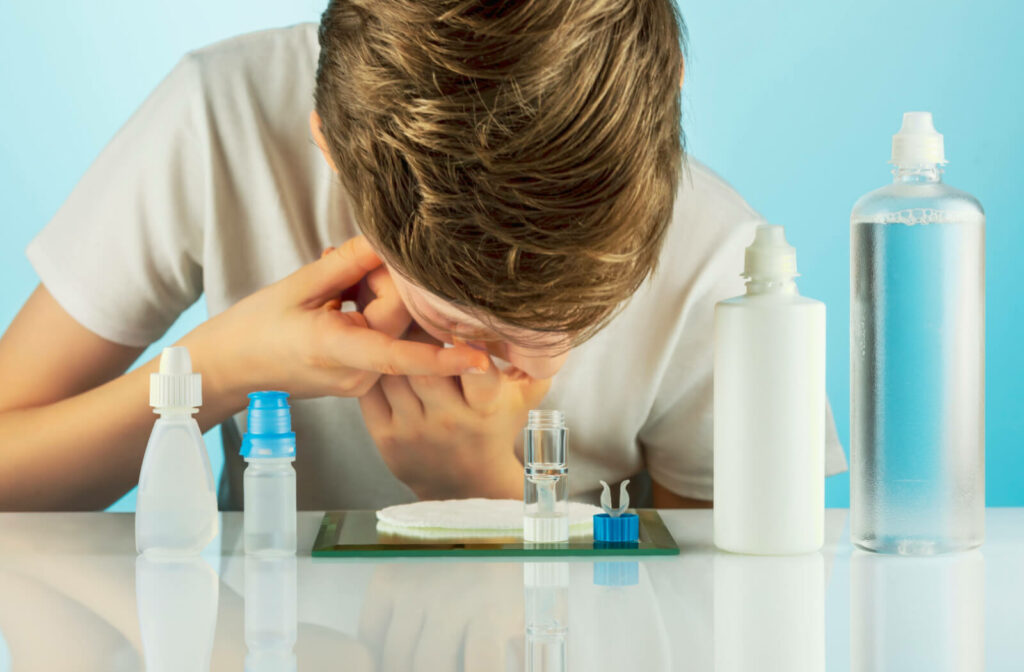
Ortho-K Fitting, Assessment, & Care
If you decide to move ahead with ortho-k, the lenses will need to be custom fit to your eyes or your child’s unique eyes. The ortho-k fitting process involves several steps to achieve proper fit and comfort for your lenses.
This ortho-k fitting process typically includes the following steps:
- Consultation: During the initial consultation, we can assess overall eye health to determine whether you or your child are a suitable candidate for ortho-k lenses. During this visit, we’ll also take the time to discuss the benefits, risks, and expectations of the treatment. This is a great opportunity to ask questions and confirm that ortho-k is the right option for your specific vision and lifestyle needs.
- Corneal topography and measurements: Corneal topography is performed to obtain detailed maps of the cornea’s shape and curvature. This can help us determine the appropriate design and parameters for ortho-k lenses. Additional measurements may be taken as well, such as pupil size and a tear film evaluation.
- Initial lens fitting: Once the lens measurements have been finalized, you will typically need a second appointment for the initial lens fitting. During that appointment, we can demonstrate how to handle, clean, and insert the lenses properly. This is also when we’ll provide guidance for how often to wear the lenses.
- Ongoing care and maintenance: Once the ortho-k lenses are successfully fitted, you may require regular follow-up visits to monitor the treatment’s effectiveness, ensure proper lens hygiene, and address any concerns or complications that may arise.
Ortho-k lenses can require more comprehensive maintenance than other forms of myopia control, such as eyeglasses and some traditional contact lenses. It’s important to discuss proper ortho-k care with us throughout the process to help the lenses fully support your vision and overall eye health.
Ortho-K Risks & Alternatives
As is the case with any form of vision correction, ortho-k lenses can have their drawbacks. For example, ortho-k lenses can be more difficult to fit and may require more frequent follow-up visits compared to traditional contact lenses. As with other contact lenses, there is also a risk of developing an eye infection or keratitis, especially if the lenses are not properly cared for.
It is important to keep in mind that ortho-k lenses are not the only option for myopia control. During an eye exam, we can discuss alternative methods of myopia control, including other contact lenses and atropine eye drops.
Depending on your child’s specific vision care needs, they may benefit from a combination of treatments to slow the progression of myopia.
Get Started with Ortho-K Lenses
At Park Slope Eye, we provide several myopia control options, including ortho-k lenses. Book an appointment today to find out if ortho-k lenses are a good option for your child.
